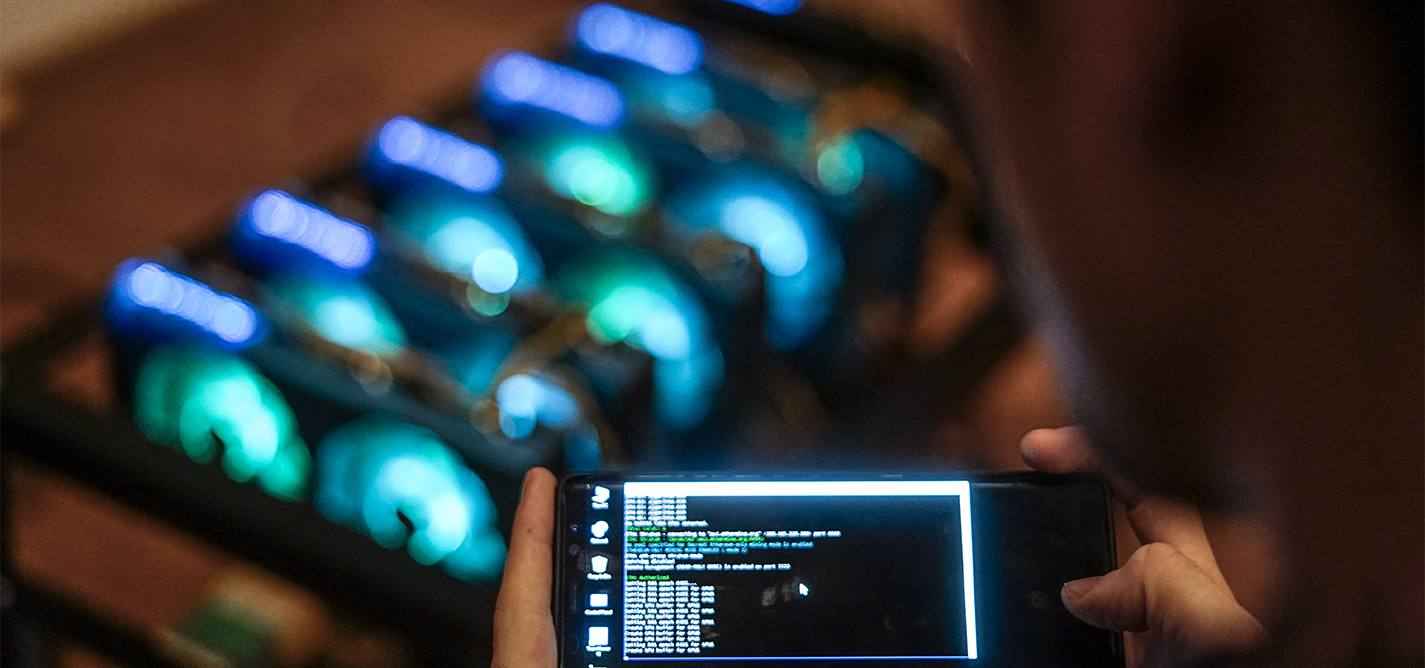
Cryptocurrency gold rush
A look into the world of online currency and 21st century mining.
|2018.01.09
|
“Ask someone in real life, because after all, this is money we are dealing with.”
“Do not covet Bitcoin.”
The danger of digital wallets

Valmir Mehmetaj
Valmir Mehmetaj is a journalist who has previously worked in TV journalism and as a staff writer at Kosovo 2.0. Valmir studied communication sciences at the South East European University in Tetovo, Macedonia. He believes deeply in constant learning and forming original thoughts, and mainly writes about cultural and social issues.
This story was originally written in Albanian.